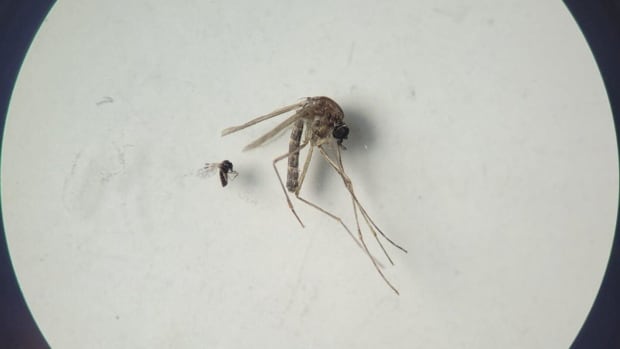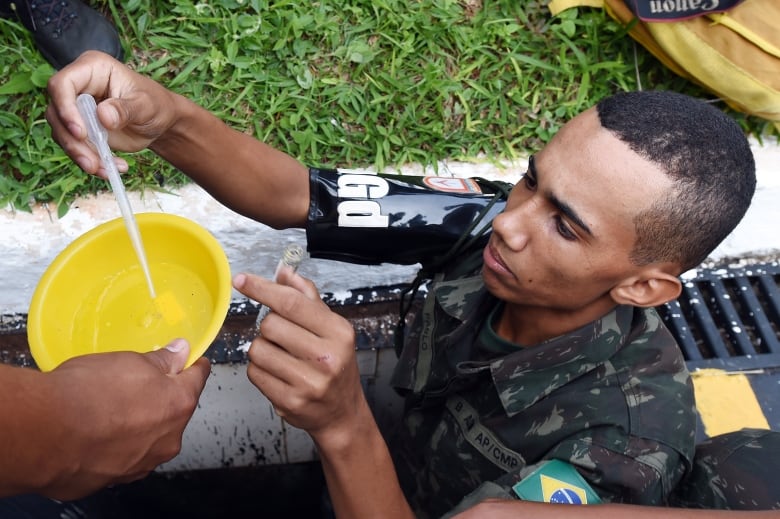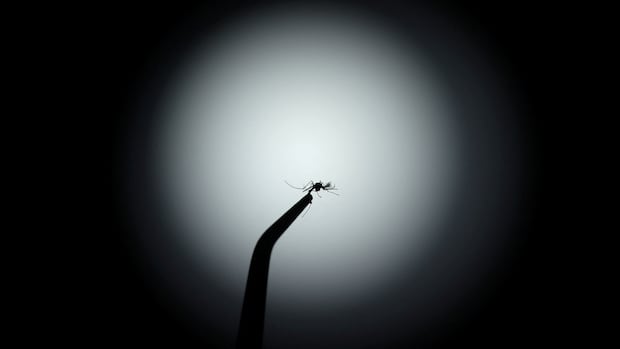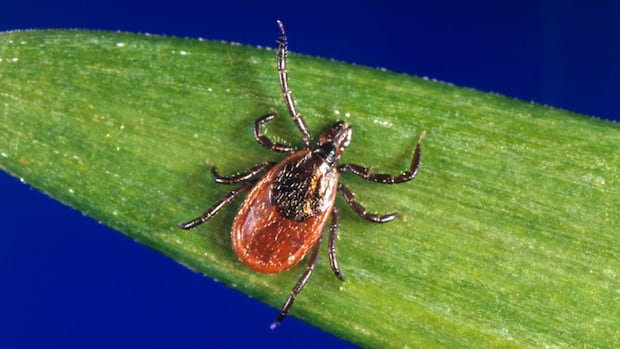
Canadians flying to popular locales like Cuba are being warned to take precautions against insects that spread the rare and potentially deadly Oropouche virus, also called Oropouche fever.
This week, U.S. officials announced 21 cases of Oropouche virus disease among travellers returning from Cuba as of Aug. 16. Most got better without treatment, while three patients recovered after hospitalization.
The virus is most commonly spread through bites from some types of midges (and some mosquitoes) that are not found in Canada.
But doctors here are asked to watch for infections in returning travellers. While Oropouche virus disease has previously been found to circulate in Central and South America as well as in the Caribbean, this year’s cases have been higher than expected, with human infections reported in places they haven’t been detected before, in new areas of Brazil, Bolivia and Cuba.
It’s unclear how the virus impacts the health of a fetus, and precautions are recommended during pregnancy.
“It’s generally historically been reported as fairly mild, but with some of this emerging data around neurologic complications and even fatality — it’s something that needs to be watched,” said Dr. Zain Chagla, an infectious diseases physician and associate professor of medicine at McMaster University who has tropical medicine training.
“These are areas of the world where Canadians visit, and even though there’s not local circulation [in mosquitoes], it still means that travellers are going to have to be assessed for this as they return,” Chagla said.
Here’s a look at the illness that’s sparked updated travel health alerts in Canada, the U.S. and Europe.
What is Oropouche virus?
Oropouche virus is endemic or naturally occurring in forested tropical areas. It was first identified in 1955 on the island of Trinidad and takes its name from a nearby village and wetlands.
It has sometimes been called sloth fever, since it was first detected in Brazil from a blood sample taken from the animal.
How does it spread?
The Oropouche virus is mainly spread through the bite of a tiny fly known as a midge, often called “no-see-ums,” as well as some types of mosquitoes.
“While the species of midge (Culicoides paraensis) and mosquito (Culex quinquefasciatus) that are known to transmit Oropouche virus disease are not known to be established in Canada, they have been detected in the United States,” the Public Health Agency of Canada (PHAC) said in response to questions from CBC News.

Scientists say high temperatures, humidity and the season affect the midge populations.
Human-to-human transmission hasn’t been documented.
What are the symptoms?
The flu-like symptoms resemble those of other tropical diseases such as dengue fever and the Zika virus that made headlines in 2015. A large Zika outbreak in Brazil caused a rise in microcephaly, where the baby’s brain is underdeveloped, according to the Pan American Health Organization (PAHO).
“It’s sudden fever, headache that is unfortunately resistant to many of the treatments, [as well as] muscle pain, joint pain,” said Andrea Vicari, who heads PAHO’s unit for pandemic preparedness and response.
“It can be quite a painful disease, but it’s usually self-limiting.”
Get the latest on CBCNews.ca, the CBC News App, and CBC News Network for breaking news and analysis.
Other symptoms can include sensitivity to light, dizziness, pain behind the eyes, nausea, vomiting and rashes, according to the U.S. Centers for Disease Control and Prevention.
Symptoms typically last less than a week, but can often reoccur days or weeks later, with most people recovering within days to a month.
“Oropouche fever can be mistaken for dengue,” Canada’s travel health notice flagged.
How severe is it?
About 60 per cent of people infected with Oropouche virus show symptoms, the CDC said.
The U.S. agency estimates one in 20 patients can suffer more severe symptoms like bleeding and brain inflammation such as meningitis and encephalitis.
In July, Brazilian health officials reported two deaths of otherwise healthy non-pregnant women with the infection.
The World Health Organization said they were the first fatal cases due to the infection in Brazil and the Americas region.
Diseases carried by insects that infect humans, like Lyme disease and West Nile virus, are on the rise in Canada. The shorter, less severe winters due to climate change have allowed those insects to expand their range.
As of July 20, the WHO has reported more than 8,000 confirmed Oropouche cases this year, including more than 7,200 in Brazil as well as Bolivia, Peru, Colombia and Cuba.
Brazilian authorities also reported five cases in pregnant people, with evidence the virus was transmitted to the fetus, with effects including fetal death or abnormalities at birth, including microcephaly.
“Until more evidence is available, pregnant people travelling to affected destinations are advised to strictly follow the bug bite prevention recommendations,” a PHAC spokesperson said.
“Pregnant people should discuss the risks of their travel plans with their health-care provider and should go see their health-care provider if they are not feeling well after their trip.”
How is it treated and prevented?
There are no vaccines to prevent infections and no specific medicines available to treat the symptoms of Oropouche virus.
The best way to avoid the infection is to not get bitten in the first place.
To that end, federal officials advise consulting a health-care provider or visiting a travel health clinic, preferably at least six weeks before you travel, for personalized health advice and recommendations.
During a trip, people are advised to prevent insect bites at all times by:
- Always use an approved insect repellent (bug spray) on exposed skin. For best results, read and follow all label directions.
- Consider limiting outdoor activities when midges and mosquitoes are most active.
- Cover up with light-coloured, loose clothing made of tightly woven materials such as nylon or polyester. Wear long pants and tucked-in long-sleeved shirts with closed-toe shoes or boots and a hat.
- Use mosquito netting when sleeping (day or night) outdoors or in buildings that are not fully enclosed.
- Consider wearing approved insecticide-treated clothing.
What’s next?
U.S. and Canadian officials said they’re working to enable rapid detection and surveillance of the virus and disease to guide public health prevention measures.
All samples of suspected Oropouche virus disease from provincial and territorial laboratories would be sent to PHAC’s National Microbiology Laboratory in Winnipeg for confirmatory tests.

